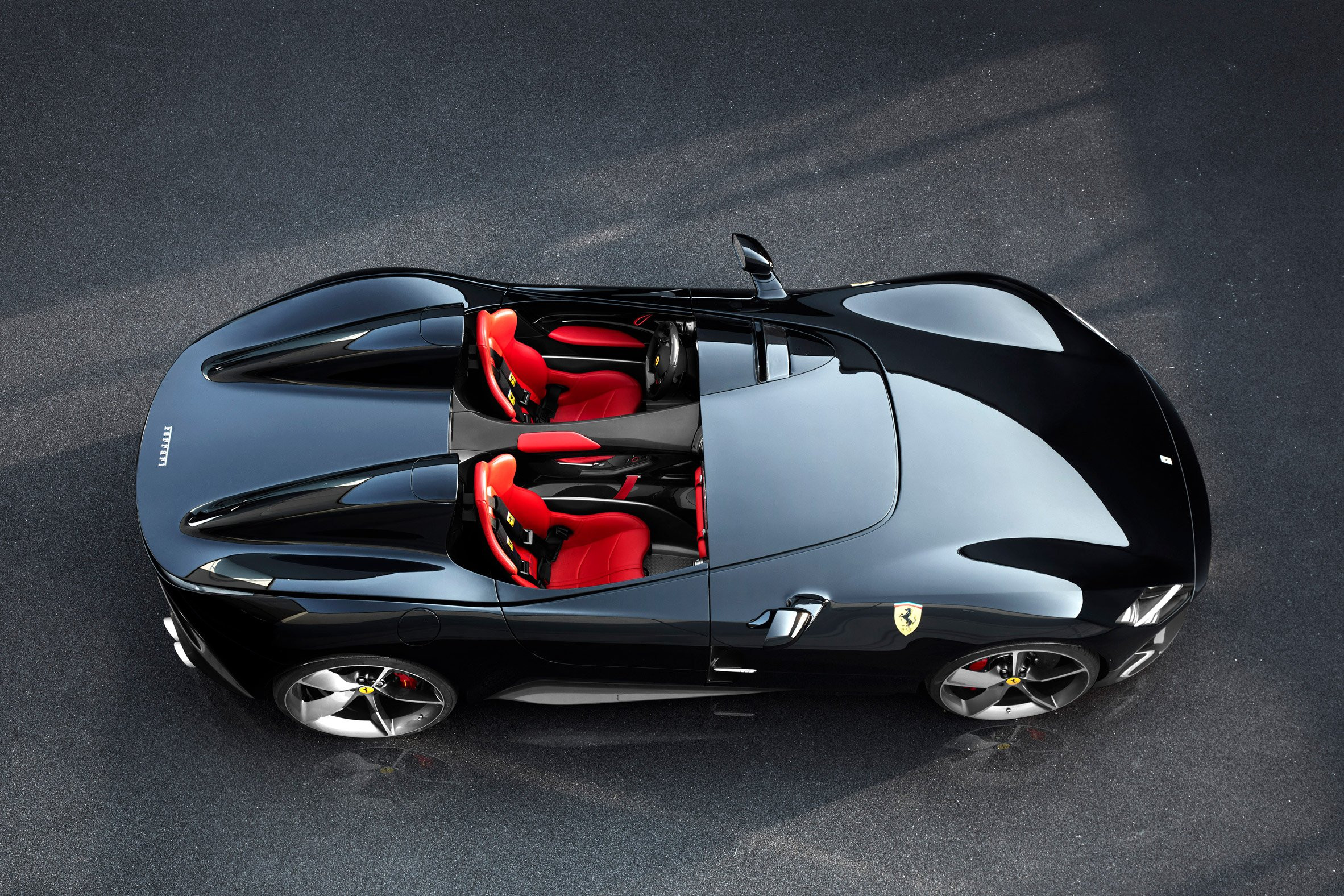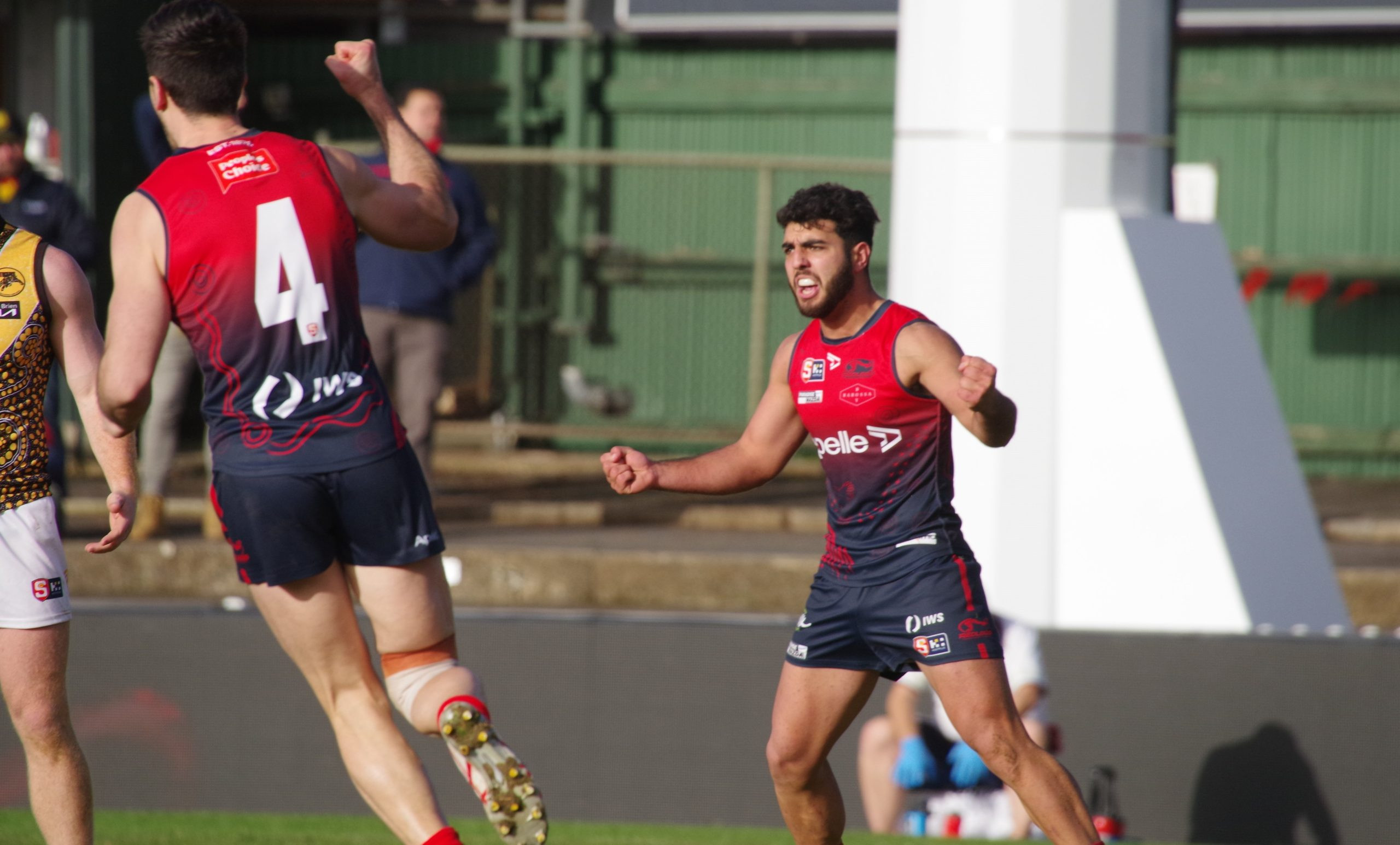Ferrari brought a major upgrade to its home Formula 1 race at Monza. That’s not unusual as it always put a lot of effort into its low-downforce spec for the Italian Grand Prix, but significantly this time round there’s also a floor upgrade as part of the push to get its development back on track.
Since introducing its troubled upgrade at the Spanish Grand Prix in June, Ferrari has slipped well behind McLaren and Red Bull and is often battling with Mercedes. Earlier in the year it was a clear second-best.
The Monza update is to reduce the potential for porpoising, which is something Ferrari has been suffering from. This means it has had to run the car that little bit higher or stiffer to solve the problem, but that comes at a cost of performance.
You might think that the qualifying result of fourth and fifth suggests the upgrade didn't bring enough to the show, but bouncing has never been a big problem for Ferrari at Monza according to the drivers. It may be in the race we'll really see the value of the new parts.
As we all know from the last two and a half years of these regulations, it’s very difficult to predict porpoising from simulation. So I think Leclerc is making an assumption that he has no evidence to back up. Sometimes you just have to take the positives and get on with it.
The front and rear wing changes are circuit specific as Monza is the lowest downforce, and hence drag, circuit on the calendar.
Analyzing Ferrari’s Monza Upgrade: A Detailed Look at the Changes
The treatment and enlargement of the sidepod top surface ‘gulley’ is quite difficult to see, but this will also reduce drag and get more of the over body airflow down into the central area at the back of the car. This can also help with the consistency of performance from the diffuser.
Understanding the Floor Modification
The bulge covering the lower side impact structure (SIS) highlighted with the red arrow looks to be larger on the new version, allowing Ferrari to reprofile the upper floor surface, which is highlighted with the green line. This probably suggests that Ferrari has also changed the underfloor profile in that area as a minimum.
It also looks like the top and bottom profile of the actual sidepod itself, highlighted in blue above, has changed slightly. Also, the radiator inlet looks to be just that little bit deeper, see the blue arrow above.
The floor edge has changed slightly in the outer-edge detail highlighted in red on the old version above. This is now not continuous. It stops and has a small gap (highlighted with the red arrow) to allow the upper surface flow an opening to enter the small tunnel along the lower edge.
This reduces the surface area which is critical to sealing the underfloor but can cause porpoising because it’s like a light switch. It is either sealed or unsealed, but this tunnel makes it more like a dimmer switch.
Beyond the Floor: Other Modifications
Ferrari has also repositioned the forward-facing nose mounted camera. It will be interesting to see if this is a permanent development or just to suit the lower front wing angles that are used at Monza. This component, along with the front suspension members, helps realign the airflow coming off the front wing optimising its flow direction in preparation for the leading edge of the sidepod.
Monza's Impact: Will Ferrari Challenge for the Win?
Will Ferrari be in the battle for the top step on race day at Monza? It's all very close and though Leclerc and Carlos Sainz are fourth and fifth on the grid they are only over a tenth of a second behind Lando Norris's McLaren on pole. So they are very much in the battle for the win - a battle that doesn't look like it will be with Red Bull, which just shows how competitive F1 currently is at the front.
Did McLaren throw the Italian Grand Prix away or was Ferrari's genius one-stop strategy something nobody could have seen coming? Our contributors give their verdict
Ferrari's Monza Strategy: A Bold Move That Paid Off
Charles Leclerc scored a brilliantly opportunistic victory for Ferrari in the 2024 Italian Grand Prix, defeating Oscar Piastri’s McLaren thanks to a strategic masterstroke at Monza
The McLarens of Lando Norris and Oscar Piastri will start Formula 1's Italian Grand Prix from the front row
After Leclerc placed second and Sainz fourth in FP1, the Monegasque posted the fifth-fastest time during FP2 and the Spaniard the third-quickest lap – behind Mercedes driver Lewis Hamilton and McLaren’s Lando Norris.
“It was quite a positive Friday, however there’s still some work to do as always and we cannot rely on a good Friday to have a good weekend overall,” Leclerc commented.
“But it’s a good start, the feeling is quite nice, everything we brought to the car seems to be working as expected, which is always a good thing.
Ferrari will be aiming to put on a show for their dedicated fans at Monza this weekend
“Now we’ve just got to focus on the balance because it’s been a tricky day balance-wise; performance-wise we were pretty good, but balance-wise there are still some steps we can do in the right direction.”
Ferrari's Monza Celebration: A Carbon Fiber Tribute
The Scuderia has made a habit in recent years of launching special liveries for the Tifosi to enjoy.
This year the team introduced blue accents and historic matching blue overalls at the Miami Grand Prix and the Ferrari SF-23 had a touch of white sprinkled into its design at Las Vegas last year.
The Italian marque also introduced yellow race suits and team overalls, with matching yellow accents and numbers on its traditional red livery for last year’s race at Monza.
With this year’s Italian GP fast approaching, Ferrari has made the smallest of tweaks to its current livery, replacing the white numbers that identify Sainz and Leclerc’s respective machines with carbon numbers.
In addition, Leclerc and Sainz will wear black race overalls and team wear which up close mimic the woven patterns of carbon fibre panelling.
Race helmets too will get the carbon treatment.
“During the Italian Grand Prix weekend at Monza, Scuderia Ferrari HP, along with some of its partners will celebrate a material that is state of the art when it comes to building racing cars, namely carbon fibre,” the Italian team wrote in a press release.
“Its main virtues are light weight and strength, which have allowed the sport to make great progress in terms of safety.
“To mark the occasion, instead of the usual white background with a yellow border, the numbers 16 and 55 on the SF-24s will replicate the look of carbon with its woven texture and natural reflections.
“In addition, the drivers’ race suits, helmets, shoes and glasses will also reflect the carbon fibre theme.”
Carbon fibre is the elite composite material used in Formula 1 car construction.
In 1981, then-McLaren Technical Director John Barnard pioneered the MP4/1, the car made famous by being the first to employ a full carbon fibre monocoque chassis.
Ferrari first used the technology a year later and in the decades since, carbon fibre has woven its way into all corners of the sport.
In the last few seasons, teams often sport a predominantly carbon-liveried car in a bid to save crucial grams.
It is classic Ferrari then, that its carbon ‘tribute’ has less carbon on it than most teams’ usual liveries in the Scuderia’s continued bid to promote its scarlet red brand.
The Verdict: A Promising Step but More Work Needed
While Ferrari’s new floor and other aerodynamic updates show promise, it’s still too early to declare victory over the bouncing issue. The team will need to analyze data from further races to confirm the effectiveness of the changes and ensure they have truly solved the problem. The Monza weekend offered a glimpse of hope for Ferrari, but the real test will come as the season progresses.

















